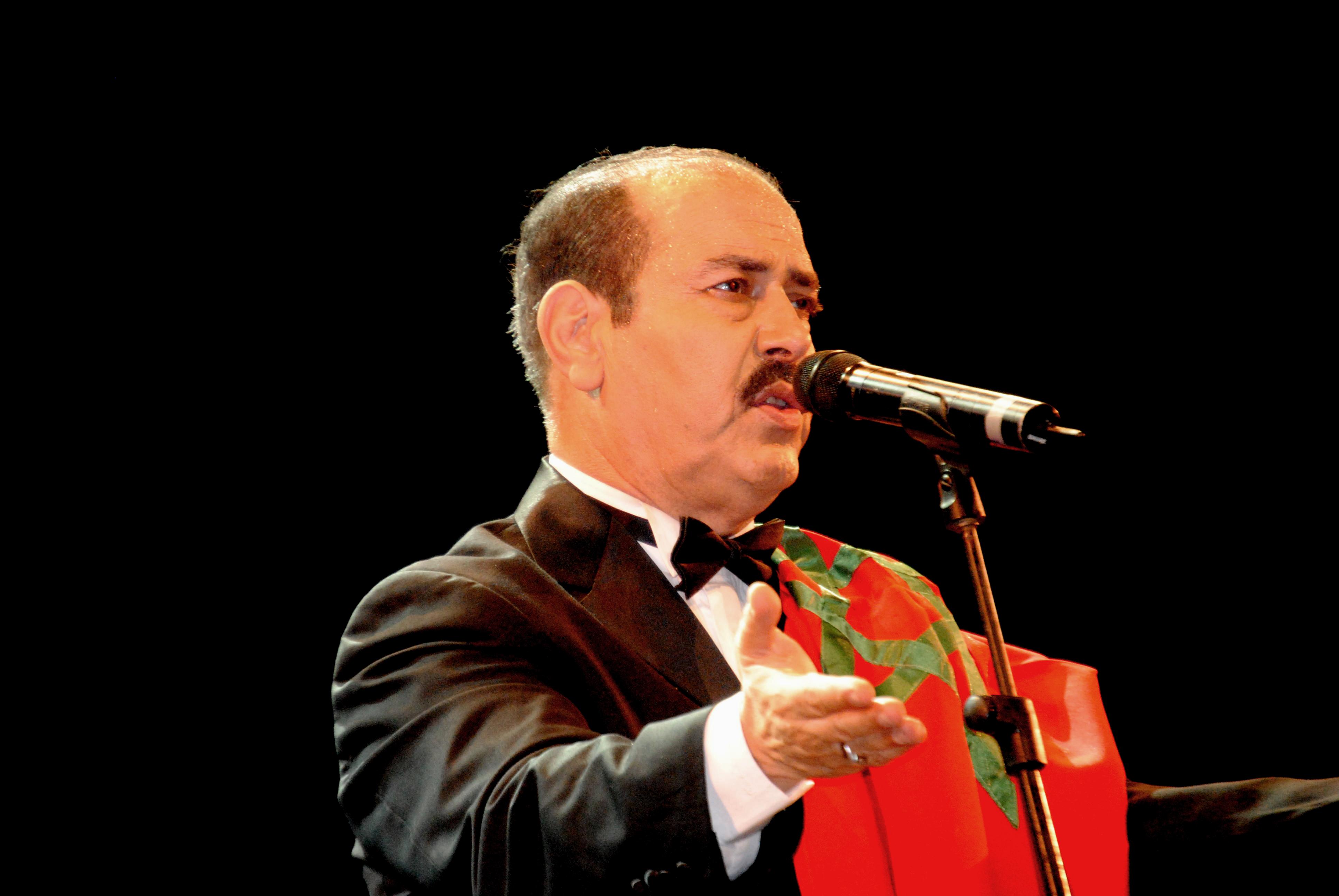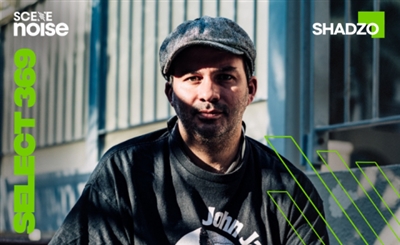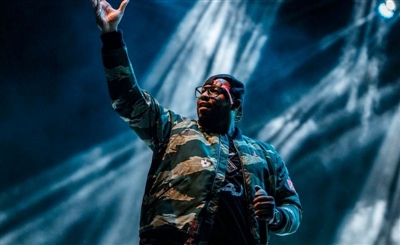Tunisia: The Land of Musical Genius
Ahmed Yehia digs deep into the musical landscape of Tunisia, from their traditional sounds to modern Arabic Metal, looking to the country's colourful past to explain their vibrant present.

Tunisia, that tiny North African nation, is the cradle of an infinite spectrum of unconventional and spectacular musical projects, each one passionately carving its own path, creating a vividly colourful musical canvas in the country. Comprehending the prosperity of Tunisian music nowadays cannot be done unless we dig deep into its history and understand the ethos behind its ethnic sounds.
One cannot enter the realm of Tunisian music without first grasping the genre that is their pride and joy. The emblematic Arabo-Andalusian style is called Maluf (meaning customary) and is the offspring of the cultural blossom in Iberia that occurred nearly five centuries ago. It fed Maluf with its own melodic mode, dialectic character and rich musical expressions. Maluf's diverse content covers an immense breadth of topics such as divinity, loss, joy, regret and people's experiences. Exiled Arabs from Andalusia brought Maluf's auditory traces to Tunisia where it gained its popularity amid all social classes, ranging from workers to aristocrats and intellectuals.
Maluf's instrumentation has been modernised as centuries passed; traditional lute, darbuka, kettle drums, tambourine, nay and zither harmonise perfectly with modern violin, cello and contrabass. Its legacy has been transcended through generations by oral communication and public concerts. Training programmes and radio performances have managed to preserve it from extinction so as to sculpture Tunisia's intricate identity and contemporary art scene.
Despite the conquering of modern music, Maluf still manages to keep its place in the hearts of the majority of Tunisians, including young people who appreciate its highly improvisational structure and spiritual temperament. "We appear tough from outside, but if you scratch our skin, you will find Maluf," says one taxi driver on the matter, while a music student sums it up with: "Maluf is in our blood, pulse and heart. It enables us to experience tarab, the ecstatic relationship that binds us with music.”

Lotfi Bouchnak, AKA Tunisia's Pavarotti, is the most resonant name that sings Maluf in particular, and classical music in general. He is a vocal acrobat, a tenor who masters elusive melodic movements with outstanding maneuver to quench the everlasting thirst of his diehard fans. Bouchnak’s lofty voice and prodigal tone-quality made him the best Arabic singer in the late 90s and he was selected by the UN to be an ambassador of world peace and by his fans to be the ambassador of Tunisian music. Bouchnak is an admirer of Egyptian music and was once a regular performer at the Cairo Opera House. His most remarkable songs are N'habbik (I Love You), Ya Souad, and my personal favourites Enta Elghala (You're Precious) and Nassaya (Forgetful).
Switching to Tunisia's modern musical scene, here is a small drop in a vast ocean of musicians who dissolved the Tunisian geographical boundaries and fused globally-known jazz, metal and Sufi with their authentic music, reviving Tunisia’s positioning as pioneers of Arab music.
Nabil Khemir
"The secret is that we do not get any support. And when you cannot find a helping hand, you try doing everything by yourself and never give up,” was Nabil Khemir's answer when I asked him about the secret that makes Tunisia a fertile soil for genuine artists during the last Cairo Jazz Festival. Strengthened by passion, improvisation and invention, Khemir has positioned himself as the leader in East meets West fusion sounds having invented a one-of-a-kind double-neck instrument that he calls the Rayjam. Weaving masterfully with his Rayjam has enabled him to share his musical playfulness with European and Middle Eastern audiences by moving his fingers between the necks of an electric guitar and a lute at a moment's notice to play his profound compositions.
Anouar Brahem

Spreading 11 timeless albums over two decades, Anouar Brahem mastered at squelching each ace of magic from his lute and bringing Mediterranean, Oriental and Western jazz elements together in his sensual compositions, creating a myriad of immortal masterpieces. No one has listened to the rhapsodic harmonies of Astrakan Cafe, The Astounding Eyes of Rita and Le Voyage Sahar without swimming in their sea of charm as his soothing lute solos, planted underneath the clarinet roars and bendir (frame drum) beats, penetrate the ears to capture the heart and trigger the soul.
Dhafer Youssef

One of the several musical geniuses to have emerged from Tunisia's musical scene is the Sufi vocalist, lutanist and Oriental jazz composer Dhafer Youssef. Subtly meshing eastern warmth with jazz’s complexity, he adopted a modern genre of Electric Sufi in an attempt to dust off old music. He chants muezzin-style and sometimes he covers one side of his nose to produce a highly-pitched sound. The bewitching exchange between piano, drums and bass made by his quartet guarantees listeners an unparalleled feeling of ecstasy. Dhafer's career included collaborations with internationally eminent musicians such as Turkey's pioneering clarinetist Hüsnü Senlendirici in Birds Requiem and the Armenian pianist Tigran Hamasayan in Abu Nawas Rhapsody.
Mounir Trouddi

Inspired by Sufi legacy and propelled by jazz enchantment, Mounir Trouddi is considerably esteemed for his robust vocal cords that can scream out of pain or soar in elation. He warbles mystic Sufi/Bedouin poetry (mainly written by Mansur Alhallaj) that portrays human beauty, nature and love with a melange of Oriental and Occidental tunes. A successful collaboration with the French trumpeter and jazzman Erik Truffaz yielded two albums, Mantis and Saloua, that were nourished with disparate musical influences.
Myrath

Dissolving musical borders without losing their aesthetic standards, Tunisia's first metal quintet, Myrath, has contrived an impeccably intriguing style by clashing powerful Progressive Metal with a dose of traditional elements. Their earth-shattering performances are a head banger's delight; characterised by frenetic bass solos played by Anis Jouini, Morgan Berthet's stellar drum sequences, Elyes Bouchoucha's glorious keyboard verses and gripping quarter-tone riffs made by Malek Ben Arbia's seven-string electric guitar. Some tracks are embellished with darbuka cadence and mezoued (Tunisian bagpipes) rhythms to add a dash of the oriental spice. Zaher Zorgati's vigorous vocals sing English and Arabic lyrics with a quarter-tone technique, diffusing energy and momentum to the wondrous compositions. Up until now, they have released three albums; Hope, Desert Call and Tales of the Sand.
The fact that the abode of only 11 million is brimming with such a whopping number of erudite talents deserves much contemplation. Irrefutably, Tunisia is the land of originality and musical diversity.
- Previous Article Getting Abyusif
- Next Article DGTL: Much More than a Music Festival
Trending This Month
-
Dec 24, 2025
-
Dec 23, 2025






















